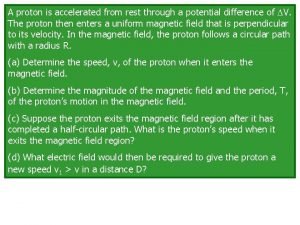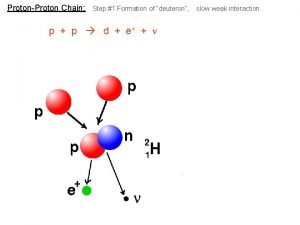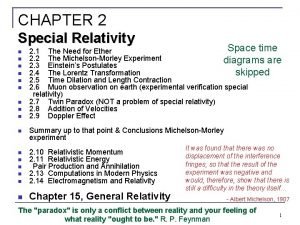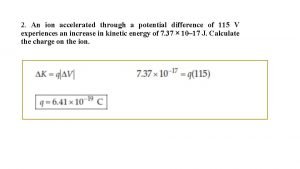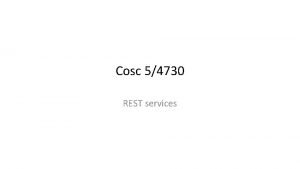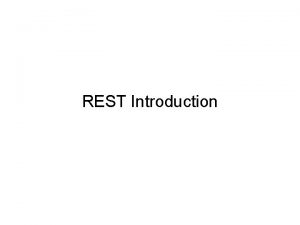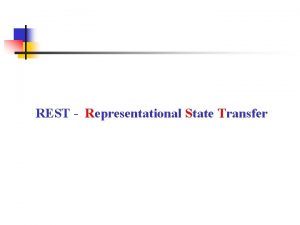A proton is accelerated from rest through a





- Slides: 5

A proton is accelerated from rest through a potential difference of V. The proton then enters a uniform magnetic field that is perpendicular to its velocity. In the magnetic field, the proton follows a circular path with a radius R. (a) Determine the speed, v, of the proton when it enters the magnetic field. (b) Determine the magnitude of the magnetic field and the period, T, of the proton’s motion in the magnetic field. (c) Suppose the proton exits the magnetic field region after it has completed a half-circular path. What is the proton’s speed when it exits the magnetic field region? (d) What electric field would then be required to give the proton a new speed v 1 > v in a distance D?

A proton is accelerated from rest through a potential difference of V. The proton then enters a uniform magnetic field that is perpendicular to its velocity. In the magnetic field, the proton follows a circular path with a radius R. (a) Determine the speed, v, of the proton when it enters the magnetic field.

A proton is accelerated from rest through a potential difference of V. The proton then enters a uniform magnetic field that is perpendicular to its velocity. In the magnetic field, the proton follows a circular path with a radius R. (b) Determine the magnitude of the magnetic field and the period, T, of the proton’s motion in the magnetic field.

A proton is accelerated from rest through a potential difference of V. The proton then enters a uniform magnetic field that is perpendicular to its velocity. In the magnetic field, the proton follows a circular path with a radius R. (c) Suppose the proton exits the magnetic field region after it has completed a half-circular path. What is the proton’s speed when it exits the magnetic field region?

A proton is accelerated from rest through a potential difference of V. The proton then enters a uniform magnetic field that is perpendicular to its velocity. In the magnetic field, the proton follows a circular path with a radius R. (d) Suppose the proton exits the magnetic field region after it has completed a half-circular path. What electric field would then be required to give the proton a new speed v 1 > v in a distance D?
